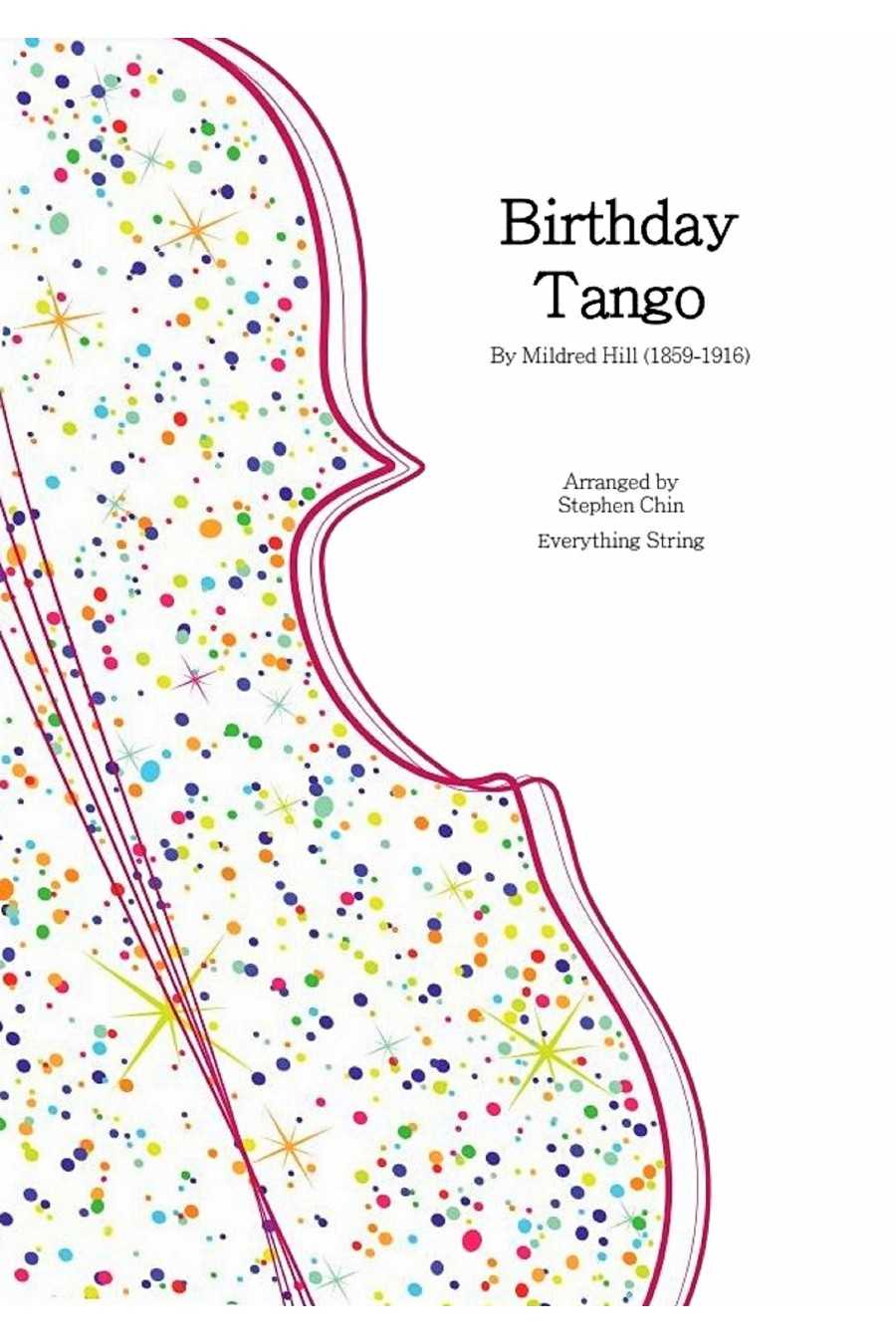

A captivating rendition of the popular birthday song with an exciting introduction, a slower version in a minor key, a lively variation, and a familiar major key ending. It's perfect for learning chromaticism and the G minor key.
Get ready for a fascinating and unconventional arrangement of the birthday song that's sure to captivate your attention. The piece commences with a whirlwind of an introduction that creates an air of excitement and curiosity. Following this, the song transitions to a more sombre and alluring version of Happy Birthday in a minor key. This section provides a unique musical experience that is both intriguing and captivating. Subsequently, the piece builds momentum and energy, leading to a more energetic and lively variation of the song. Finally, the arrangement concludes with the traditional version of the song in a major key that everyone knows and loves. The piece is a fantastic way to reinforce the concepts of chromaticism and the key of G minor.
Pleyel, a renowned musician and entrepreneur in early 19th century Paris, wrote a beautiful piece for two violins in the late Classical style. The piece follows the sonata form and features a brooding first theme contrasted with an impish second theme played in staccato quavers. The movement ends with a lively duel between the violins, adding vibrancy and passion to the piece. Your orchestra will love it!
For String Orchestra Grade 3.5
After the snowy start, climbers get to work. The fast melody depicts their chiselling on an icy rock face. A calm middle section shows the view from the top before the chiselling continues down. Younger players will love this energetic piece with catchy tunes and strong harmonies.
For String Orchestra Grade 1.5
Your beginner string orchestra will love these expressive pieces. They're mostly composed using pentatonic scales, making them easy to learn and play. Enjoy the sustained chords in "Sleeping Pandas" and the fun acrobatics in "Acrobats".
Ignaz Joseph Pleyel was a renowned musician and entrepreneur who established a famous publishing house in Paris. This work, originally for two violins, embodies a late classical style with contrasting themes and a brighter ending. Your orchestra will enjoy this effective arrangement.
Ideal for a festival orchestra with players at different levels, this piece is based on the medieval melody "L'Homme Arme", depicting a sword-wielding warrior. The middle section features a violin solo as a lullaby reflecting the armed man's war experiences. The final section celebrates the armed man walking in the light of peace and liberty with the South African song "Simbayama".
For 4 string orchestras and untuned percussion - Grade 3.5, 2, 1.5 & 1
Feel the rush with this piece! The music's edgy rhythms and meter changes create a sense of urgency and desperation, like a frantic pursuit. A lyrical middle section offers a moment of respite before the thrilling journey resumes.